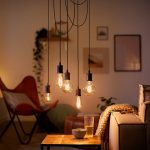Illuminate Your Space: How Many Feet of LED Lights Do You Need for Your Room?
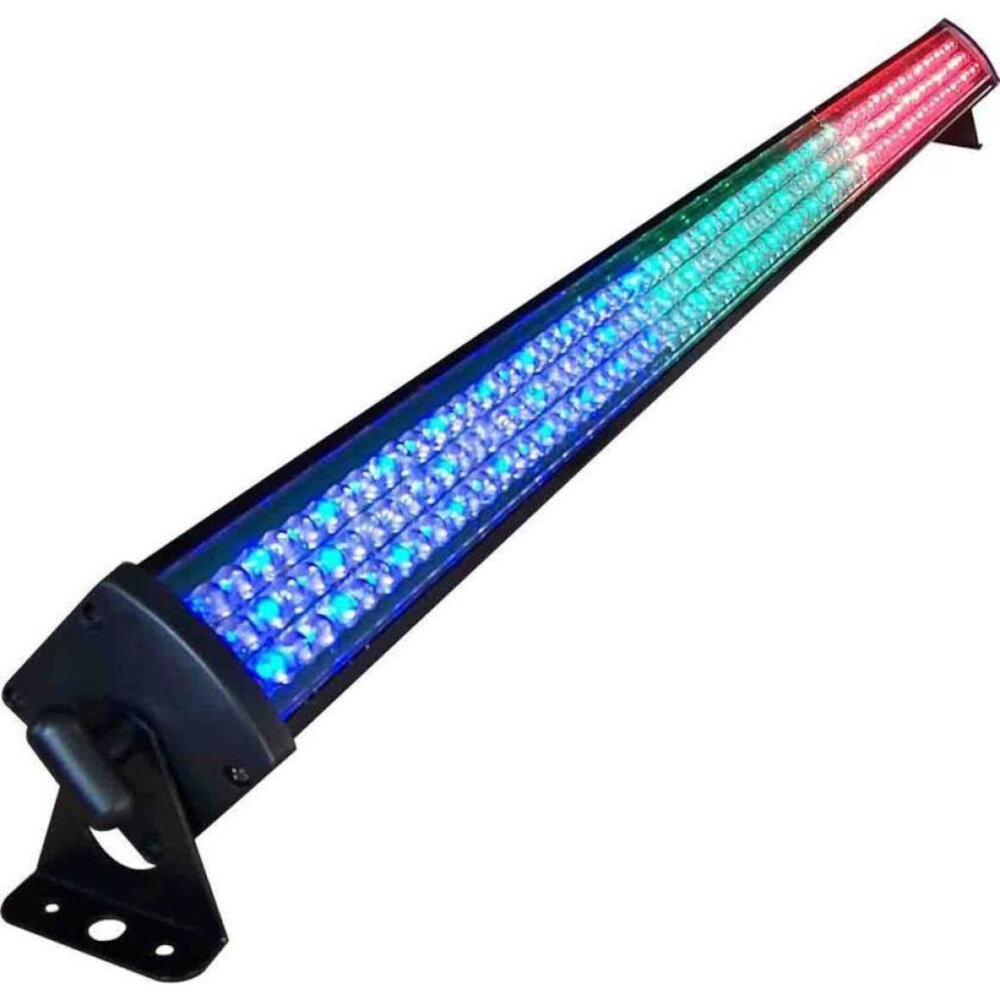
In today’s world, lighting has become an essential part of interior design. It not only illuminates the space but also adds to the aesthetic appeal of the room. LED lights, in particular, have gained popularity due to their energy efficiency and versatility. They come in a variety of colors and designs, making them suitable for different styles of decor. However, choosing the right amount of LED lights can be a daunting task, especially if you are new to the world of interior design. In this article, we will guide you on how many feet of LED lights you need for your room to achieve the perfect ambiance. The amount of LED lights needed for your room depends on the size of your space, the purpose of the lighting, and your personal preferences. Whether you want to create a cozy atmosphere, highlight a feature wall, or simply add a pop of color, LED lights can help you achieve your desired effect. The right amount of lighting can make a small room feel spacious and a large room feel more intimate. With the right guidance, you can choose the right amount of LED lights for your room and transform it into a stunning and welcoming space. So, let’s explore how many feet of LED lights you need for your room and get ready to illuminate your space.
LED lights, or Light Emitting Diodes, are a type of lighting technology that has gained immense popularity in recent years. LED lights are energy-efficient and long-lasting, making them a great choice for illuminating any space. Unlike traditional incandescent bulbs that emit light in all directions, LED lights emit light in a specific direction, making them more efficient and reducing the need for reflectors or diffusers. Additionally, LED lights produce very little heat, making them safer and cooler to the touch. They are available in a wide range of colors and are perfect for adding ambiance to any room. The benefits of LED lights are many, including a longer lifespan, lower energy consumption, and greater flexibility in design.
Lighting is a crucial aspect of any room, as it not only provides illumination but also sets the mood and ambiance of the space. Proper lighting can make a room feel warm and inviting, while poor lighting can make it feel cold and unwelcoming. Different types of lighting, such as ambient, task, and accent lighting, can be used to create different effects and highlight different areas of the room. Additionally, the color temperature of the lighting can also affect the atmosphere, with warmer tones creating a cozy feel and cooler tones creating a more modern and sleek vibe. Overall, investing in good lighting can truly transform a room and enhance its functionality and aesthetic appeal.
Factors to Consider When Choosing LED Lights
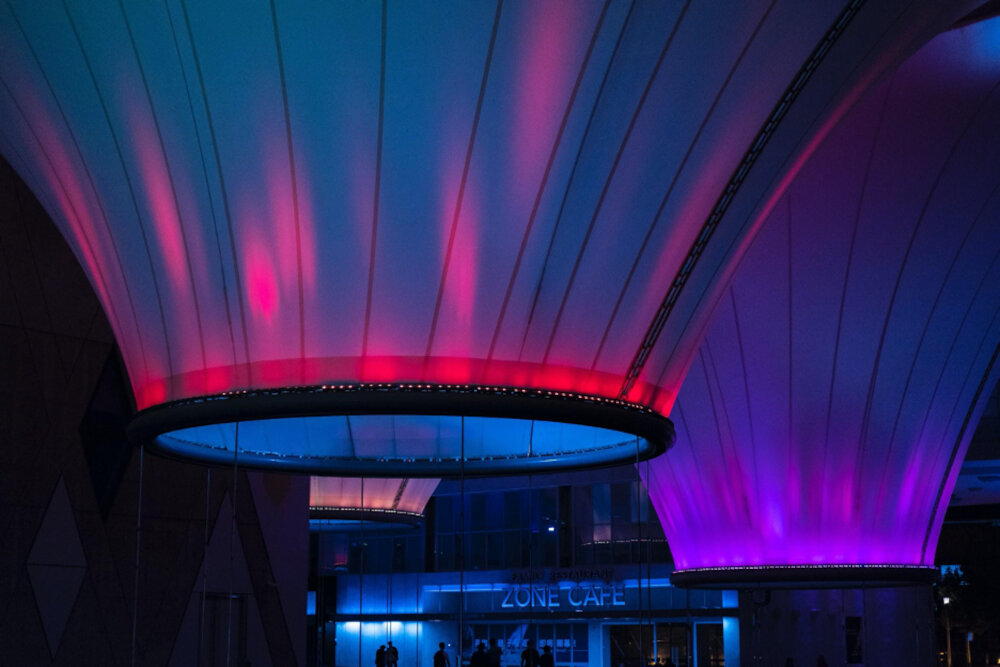
When it comes to choosing LED lights for your space, there are several factors to consider before making a purchase. Firstly, it’s important to determine the purpose of the lights. Are they for ambient lighting, task lighting, or accent lighting? This will help you decide on the brightness and color temperature of the LED lights. For example, warm white lights are ideal for creating a cozy and relaxing atmosphere, while cool white lights are better suited for task lighting in areas such as the kitchen or office. Another important factor to consider is the size and layout of the room. This will help you determine how many feet of LED lights you need for optimal illumination. A larger room may require more lights, while a smaller room may only need a few. It’s also important to consider the placement of the lights and whether they will be mounted on the ceiling, walls, or furniture. This will affect the type of LED lights you choose, such as strip lights or puck lights. By taking these factors into account, you can ensure that your LED lights not only illuminate your space but also enhance its overall aesthetic.
When it comes to illuminating a room, the size and shape of the space play a critical role in determining how many feet of LED lights are required. A small room may only require a few feet of lights to brighten up the space, while a larger room may need more to ensure adequate coverage. Additionally, the shape of the room can impact the amount of lighting needed. A rectangular room with high ceilings may require more lights than a square room with low ceilings. It’s essential to consider these factors when selecting the appropriate length of LED lights to ensure that the space is adequately lit, creating a warm and welcoming atmosphere.
Color temperature is a crucial factor to consider when choosing LED lights for your room. It refers to the warmth or coolness of the light emitted by the bulb, measured in Kelvin (K). A lower Kelvin temperature (2700K-3000K) produces a warm and cozy light, similar to traditional incandescent bulbs, while a higher Kelvin temperature (5000K-6500K) produces a cooler and more energizing light, similar to daylight. The color temperature you choose can significantly impact the ambiance of your space, making it feel warm and relaxing or bright and invigorating. It’s essential to consider your room’s function and your personal preference when selecting the appropriate color temperature for your LED lights.
Brightness level is a crucial factor to consider when choosing LED lights for your room. It is the amount of light produced by the LED lights and is measured in lumens. The brightness level you require depends on the purpose of the room and personal preferences. For instance, a living room may require a higher brightness level than a bedroom. It is essential to strike a balance between too much or too little brightness. Too much brightness may cause discomfort and strain on the eyes, while too little brightness may make it difficult to perform tasks. Therefore, it is imperative to consider the brightness level when selecting LED lights to ensure that your space is well-lit and comfortable to live in.
LED lights come in a variety of types, each with its own unique characteristics and benefits. For instance, tape lights are flexible and can be cut to fit any space, making them ideal for intricate designs and hard-to-reach areas. Bulb LED lights, on the other hand, are more traditional and offer a warm, inviting glow that’s perfect for accent lighting. Strip lights are great for illuminating larger areas, such as hallways or living rooms, while rope lights add a touch of whimsy to any space. No matter which type of LED lights you choose, they all offer energy efficiency, durability, and a long lifespan, making them a smart investment for any home.
Calculating the Length of LED Lights Needed
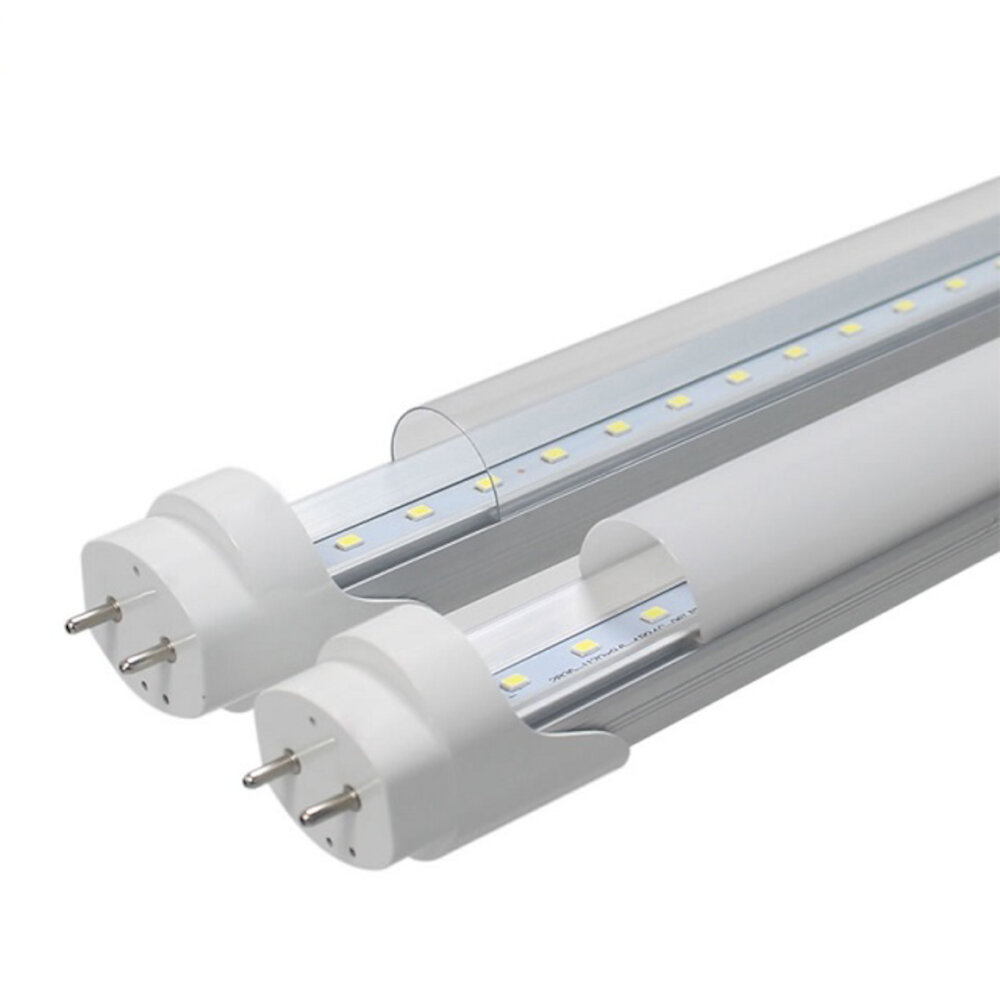
When it comes to illuminating a room using LED lights, one of the most important factors to consider is the length of the lights needed. Calculating the length of LED lights needed can be a bit tricky, as it depends on a variety of factors such as the size of the room, the desired ambiance, the placement of the lights, and the type of LED lights being used. However, by taking these factors into account, you can determine the ideal length of LED lights needed to achieve the perfect lighting for your space. First and foremost, it is important to measure the length of the area where you plan to install the LED lights. This will give you an idea of how much lighting you need to cover the space adequately. Additionally, you should consider the height of the room, as this will affect the brightness and spread of the lights. If your room has high ceilings, you may need longer LED lights or ones with a higher lumen output to achieve the desired level of illumination. Ultimately, the length of LED lights needed will depend on your personal preferences and the specific requirements of your space. By carefully calculating the length of LED lights needed and choosing the right type of lights, you can create a beautifully illuminated space that is both functional and aesthetically pleasing.
To properly illuminate any space, it’s crucial to measure its perimeter accurately. Measuring the perimeter of a room involves calculating the total length of its walls or the distance around its outer edges. This measurement is essential in determining how many feet of LED lights are needed to ensure that the space is adequately lit. It’s important to take note of any corners or obstacles that may require additional lighting to avoid any dark or dim spaces. Once the perimeter is determined, it’s then possible to calculate the amount of LED lights needed to brighten up the room and add a touch of style to the space.
Choosing the spacing between the LED lights plays a crucial role in creating the desired ambiance in any room. The distance between each LED light determines the brightness and intensity of the overall lighting effect. While a closer spacing produces more intense lighting, a wider spacing creates a more subtle and relaxed atmosphere. It is important to consider the purpose of the room and the type of activities that will be performed in it. A room intended for reading or work requires brighter and more focused lighting, whereas a bedroom or living room may benefit from a softer and more spread-out lighting. Additionally, the size and shape of the room should also be taken into consideration when deciding on the spacing between the LED lights. By carefully selecting the spacing, the LED lights can enhance the ambiance of any room and create a comfortable and inviting environment.
When it comes to illuminating your living space, an LED light calculator can be an invaluable tool to ensure accurate measurements. By simply inputting the dimensions of your room, the calculator can provide you with the number of feet of LED lights needed to achieve the desired level of brightness. This takes the guesswork out of the equation, allowing you to make an informed decision on the amount of lighting required. Not only does this save you time and money, but it also ensures that your space is well-lit and comfortable. So, whether you’re looking to create a cozy ambiance or a bright and vibrant atmosphere, an LED light calculator can help you achieve your lighting goals with ease.
Installation and Placement Tips
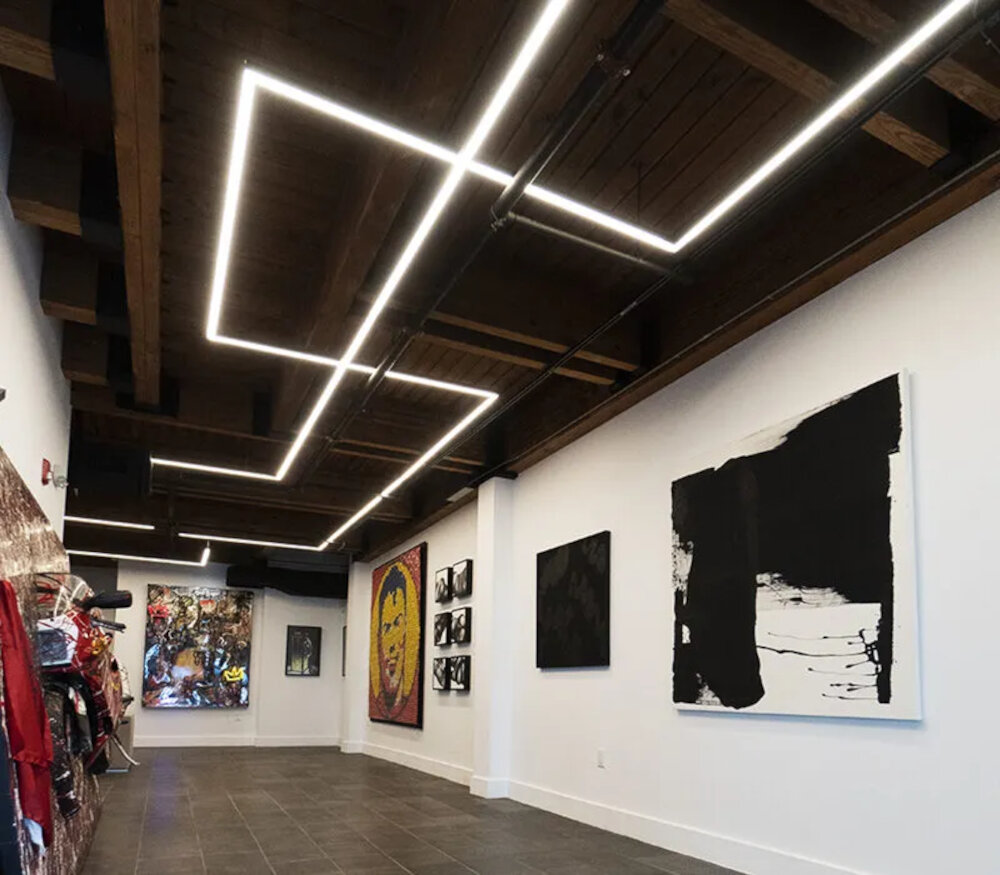
When it comes to installing and placing LED lights in your room, there are certain tips that you should keep in mind to ensure that you achieve the best results. Firstly, it is essential to plan your lighting layout before you start installing the LED lights. This involves determining the areas that require lighting, the type of LED lights that you need, and the number of feet of LED lights that you need for each area. This will ensure that you do not waste time and resources installing lights in areas that do not require them. Secondly, you should consider the placement of the LED lights in your room. Ideally, you should install the lights in areas that require the most illumination, such as workspaces and reading areas. You should also consider the height at which you will install the lights, which will depend on the type of LED lights that you have chosen. For example, if you have chosen strip lights, you can install them on the ceiling or under cabinets to create a diffused glow, while if you have chosen spotlights, you can install them at different angles to create a focused beam of light. By following these installation and placement tips, you will be able to create a well-lit and visually appealing space that is both functional and stylish.
When it comes to illuminating your space with LED lights, choosing the right adhesive or clips for installation is crucial. The adhesive or clips you choose will determine how securely the lights are mounted and whether or not they will remain in place. There are several options available, including adhesive tape, mounting clips, and hooks. Adhesive tape is a popular choice because it is easy to use and provides a strong hold. Mounting clips and hooks, on the other hand, allow for more flexibility in positioning the lights and can be easily removed without damaging the walls or ceiling. It is important to consider the weight of the lights and the surface they will be mounted on when choosing the right adhesive or clips for installation.
When it comes to illuminating your space, placing LED lights in strategic areas can have a tremendous impact. Whether you want to create a cozy ambiance or a vibrant atmosphere, choosing the right placement for your LED lights can make all the difference. Consider highlighting architectural features of your room such as crown molding or creating a focal point with a statement wall. You can also use LED lights to accentuate artwork or create a sense of depth and dimension in your space. By carefully selecting the placement of your LED lights, you can transform any room into a stylish and inviting oasis.
One of the most common mistakes people make during the installation of LED lights is not measuring correctly. Before purchasing your LED lights, make sure to measure the area where you plan to install them. This will ensure that you buy the right amount of lights and avoid running out of them mid-installation. Another mistake people make is not properly planning the layout of the lights. It’s essential to plan the placement of the lights and ensure that they are evenly spaced to achieve the desired illumination. Lastly, avoid overloading the circuit by using too many lights on a single circuit. This can cause overheating, which can be dangerous and may cause a fire hazard. It’s always best to consult with an electrician if you are unsure about how many lights can be safely installed on a single circuit.
Maintenance and Safety Tips
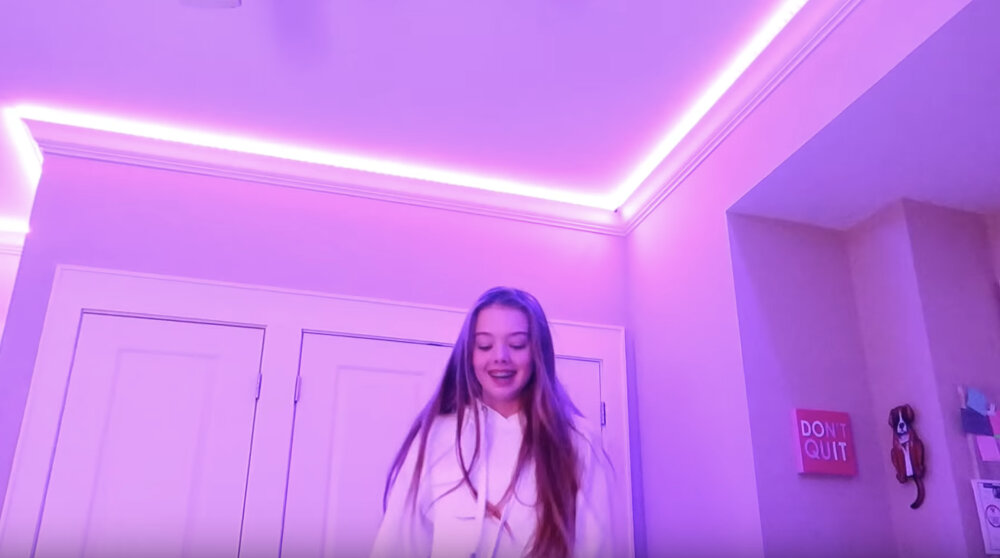
Maintenance and safety are important factors to consider when using LED lights in your home. To ensure that your LED lights operate efficiently and safely, it is important to take proper care of them. First, make sure to clean your LED lights regularly to prevent dust and debris from accumulating on them. This can be done using a soft, dry cloth or a dusting brush. Avoid using water or any cleaning products that may damage the lights. It is also important to check the wiring of your LED lights periodically to make sure there are no frayed wires or loose connections. This can be done by inspecting the wires for any signs of wear or damage and tightening any loose connections. Additionally, if your LED lights have a dimmer switch, make sure to use an LED-compatible dimmer switch to prevent any potential damage to the lights. Taking these simple maintenance steps can help extend the lifespan of your LED lights and keep them working safely and efficiently.
Cleaning LED lights is an essential task to maintain their luminosity and extend their lifespan. Firstly, make sure the lights are turned off and unplugged before cleaning. Use a soft, lint-free cloth or a microfiber cloth to wipe the surface of the lights gently. Avoid using any harsh chemicals or solvents as they can damage the lights. If the lights have accumulated dirt or grime, you can use a mild soap solution to clean them. Be careful not to get any water inside the lights, as this can cause damage. Once you’ve finished cleaning, dry the lights thoroughly with a clean, dry cloth. By regularly cleaning your LED lights, you can ensure that they continue to illuminate your space with their full potential.
One crucial step in installing LED lights in your room is to check for damaged wires and connections. Before setting up your LED lights, inspect the wires and connections for any signs of wear and tear, such as fraying or broken insulation. It’s important to ensure that all the connections are secure and properly grounded to avoid any electrical hazards. Additionally, damaged wires or connections can cause the LED lights to malfunction or flicker, compromising their performance and lifespan. By taking the time to inspect and repair any damaged components, you can ensure a safe and successful LED lighting installation in your space.
When illuminating a space with LED lights, it’s important to prioritize safety when handling electricity. Before installing any lights, always make sure to turn off the power source and unplug any electrical devices. When handling the LED lights themselves, avoid touching the metal contacts and always wear rubber gloves to prevent electrical shock. Additionally, use insulated tools and equipment specifically designed for electrical work. If you’re uncertain about any electrical work, consult a professional electrician to ensure your safety and the safety of those around you. By taking these precautions, you can enjoy a well-lit space without compromising your safety.
Choosing the right LED lights for a room is crucial in creating the desired atmosphere and achieving optimal functionality. The right LED lights can enhance the overall mood and feel of a room, whether it’s providing bright light for a workspace or a warm and cozy ambiance for a bedroom. Factors to consider when choosing the right LED lights for a room include the color temperature, the lumen output, and the placement of the lights. It’s also important to consider the size of the room and the purpose of the lighting. Investing in high-quality LED lights that are suited to your specific needs can ultimately improve your quality of life and increase your productivity.
When it comes to illuminating your space with LED lights, there are several factors to consider. The first step is to calculate the length of lights needed for your room. This can be done by measuring the perimeter of the room and determining how many feet of lights are needed based on your desired level of brightness. Once you have determined the length of lights needed, it is important to consider installation and placement. Proper placement can enhance the aesthetic appeal of the lights while ensuring maximum illumination. Maintenance and safety tips are also crucial to keep in mind, such as ensuring the lights are installed properly and avoiding overloading electrical outlets. By keeping these factors in mind, you can create a beautifully illuminated space that is both safe and functional.
Conclusion
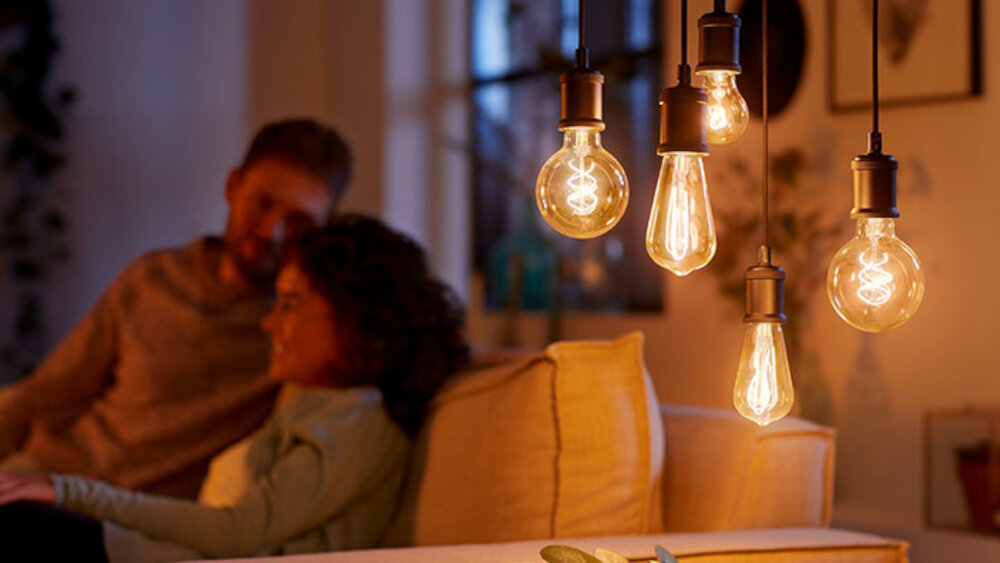
In conclusion, illuminating your space with LED lights is a creative and practical way to enhance the ambiance of your room. The number of feet of LED lights you need for your room depends on various factors such as room size, desired brightness, and lighting style. It is crucial to take the time to plan and measure your space to determine the appropriate length of LED lights needed for your specific needs. With the right amount of LED lights, you can transform your room into a cozy and inviting space that reflects your personality and style. So go ahead, experiment with different lighting techniques and create a warm and welcoming space that you can enjoy for years to come.

